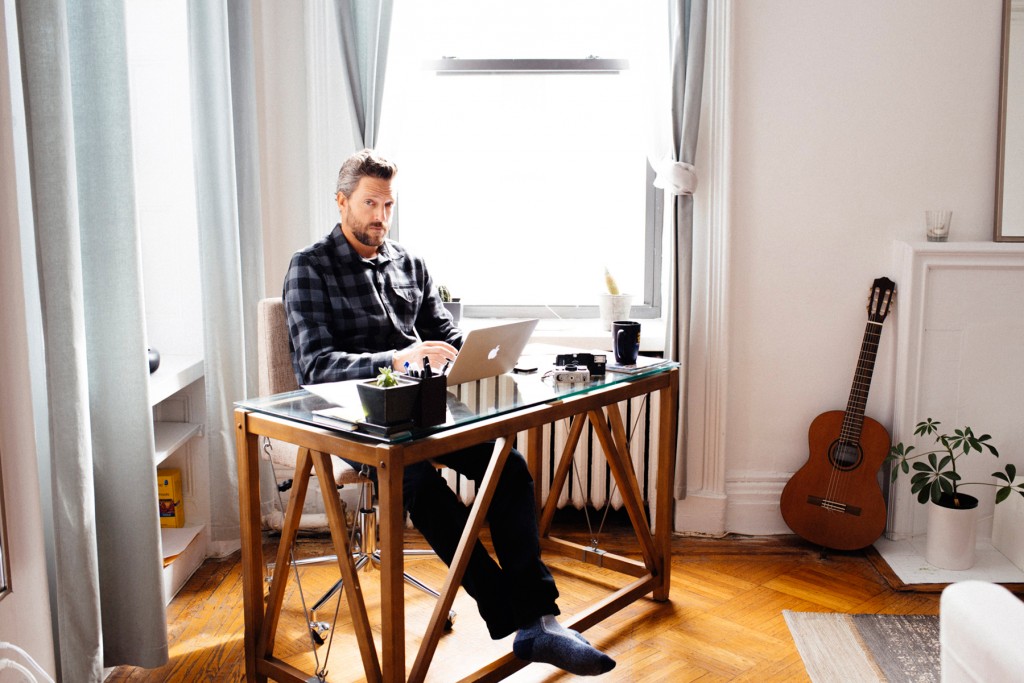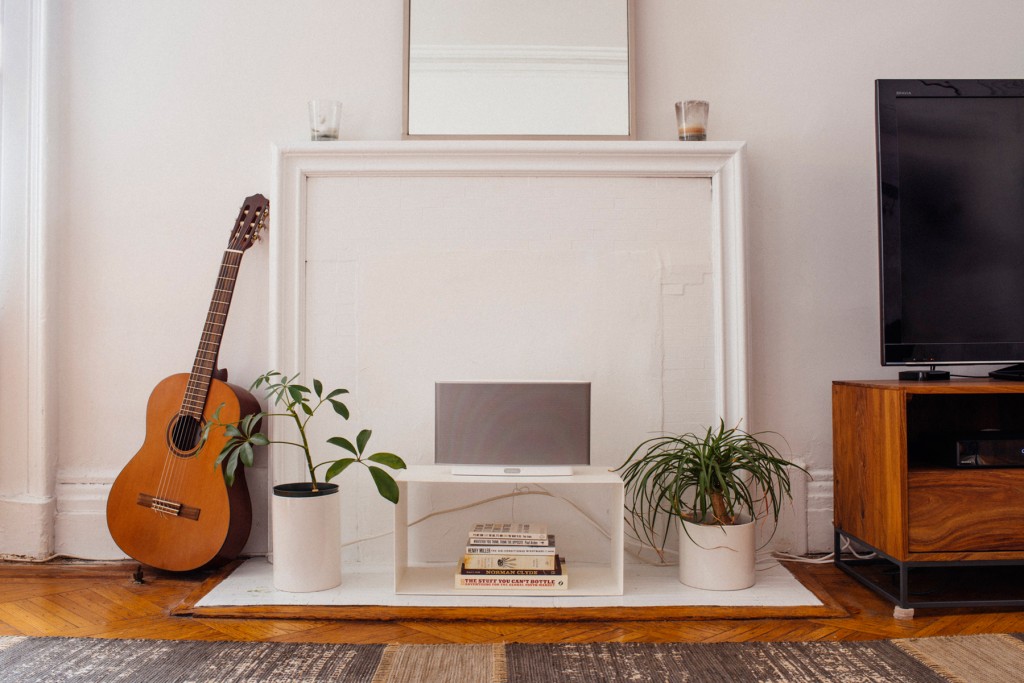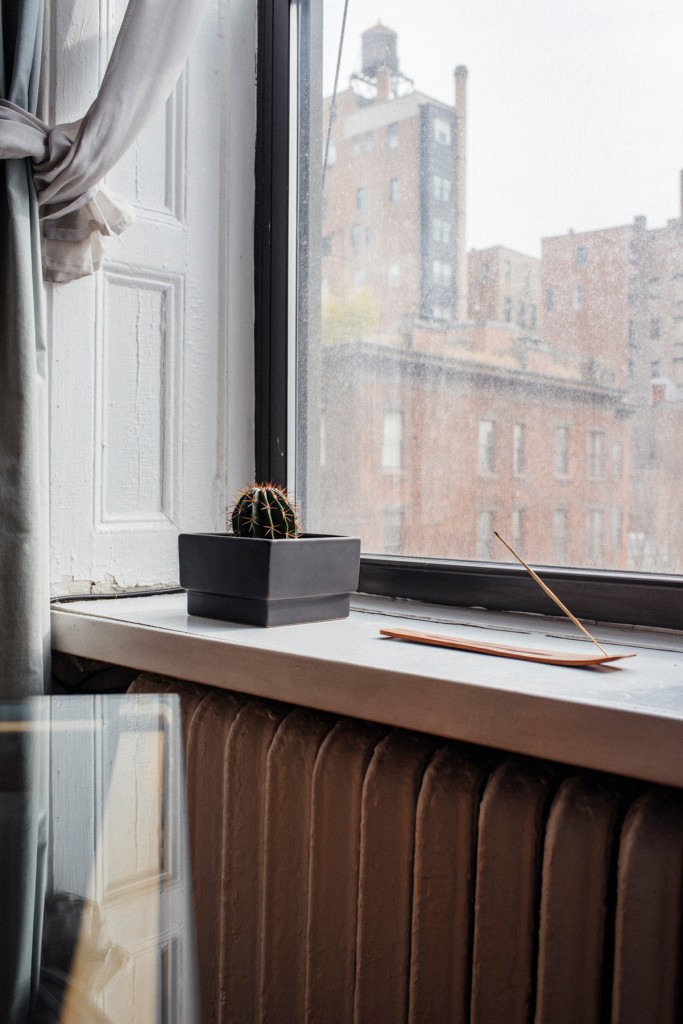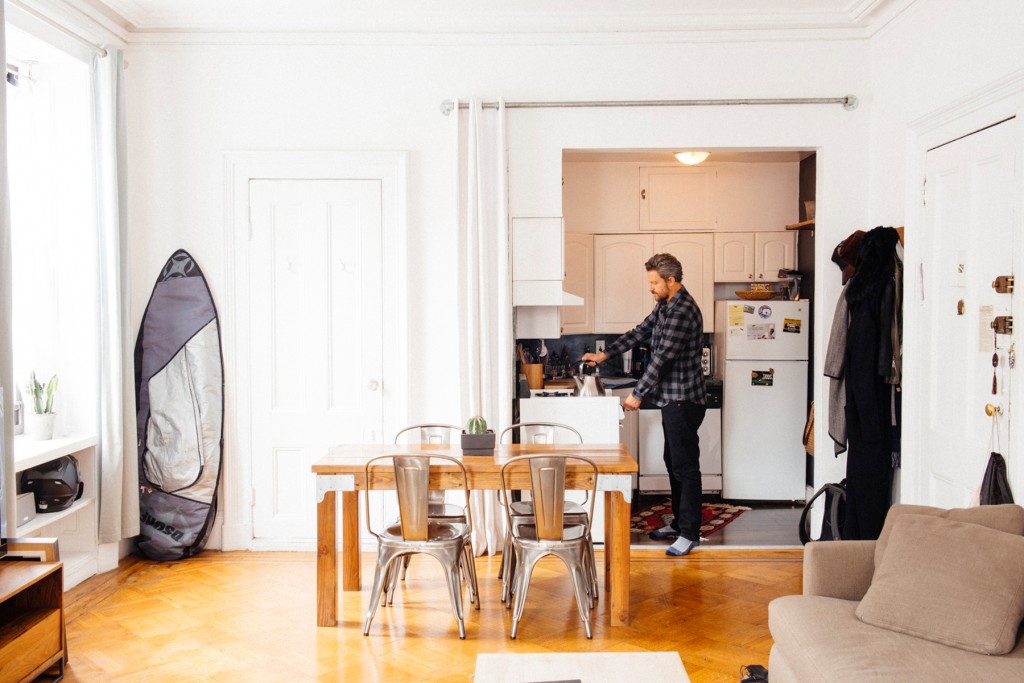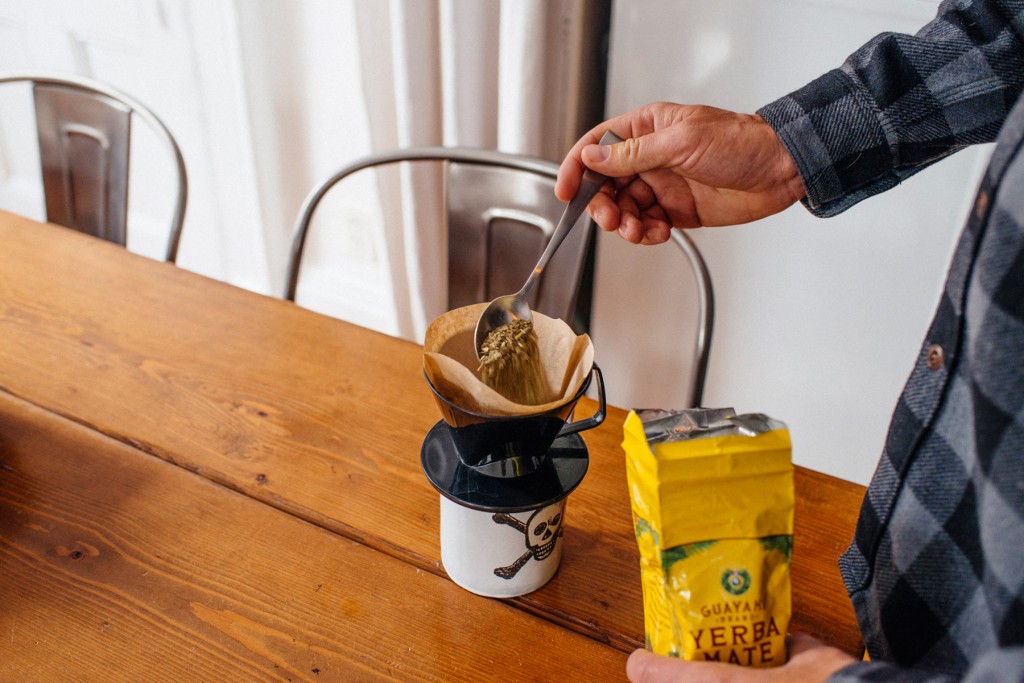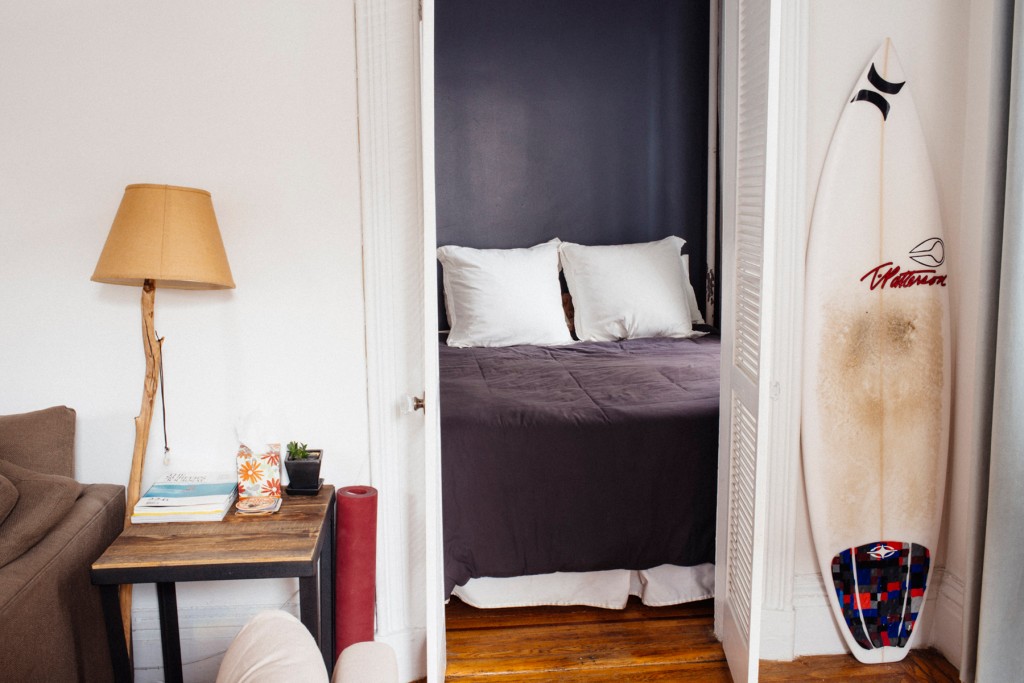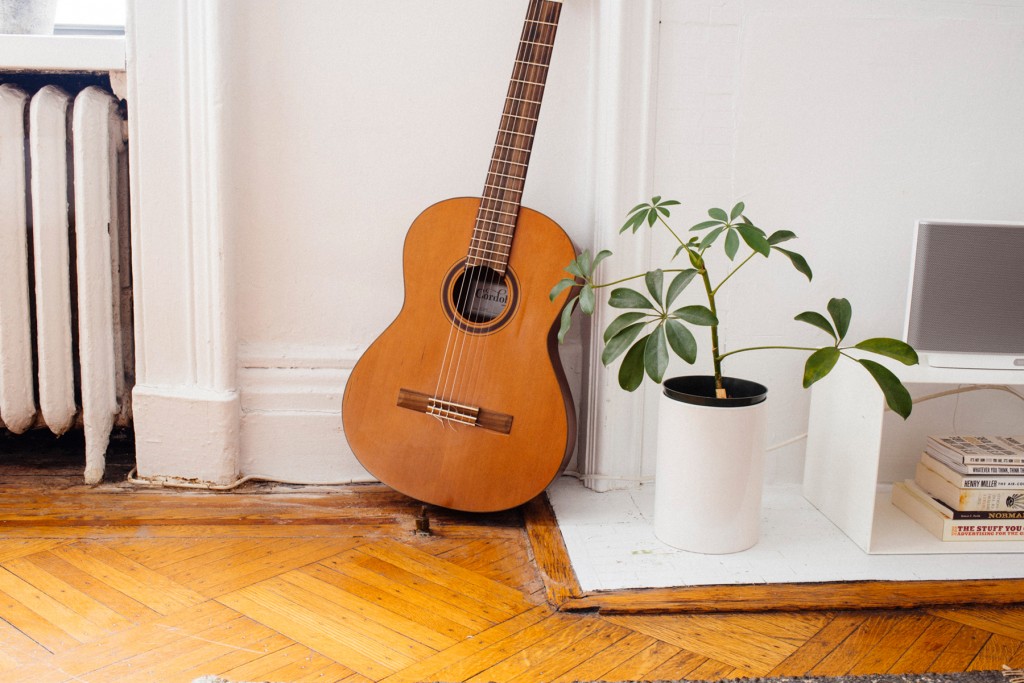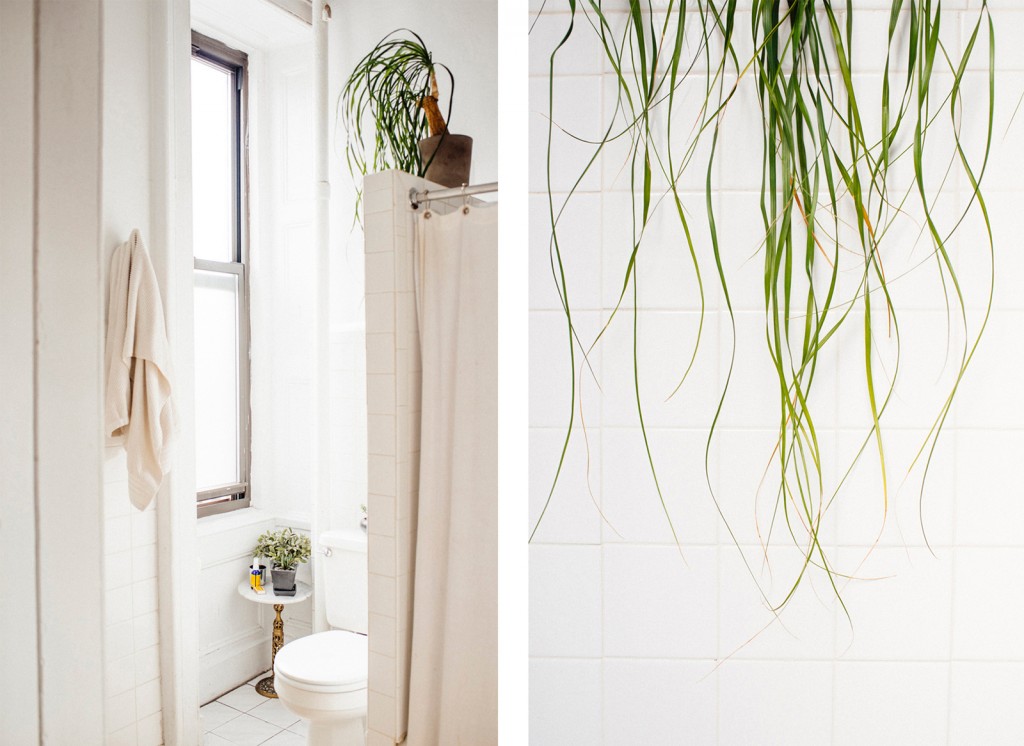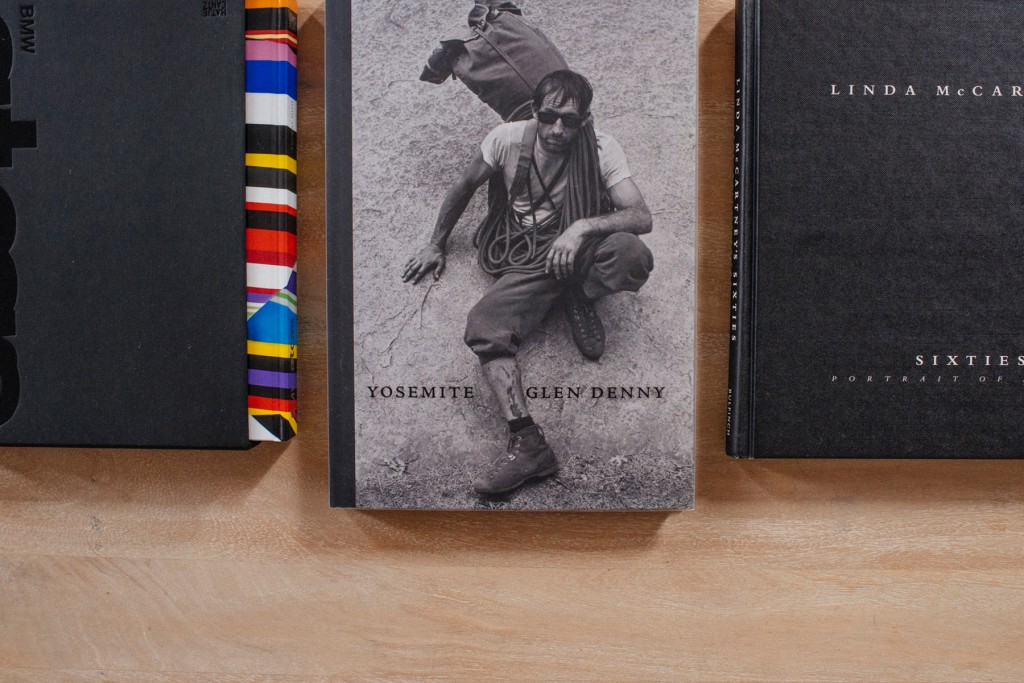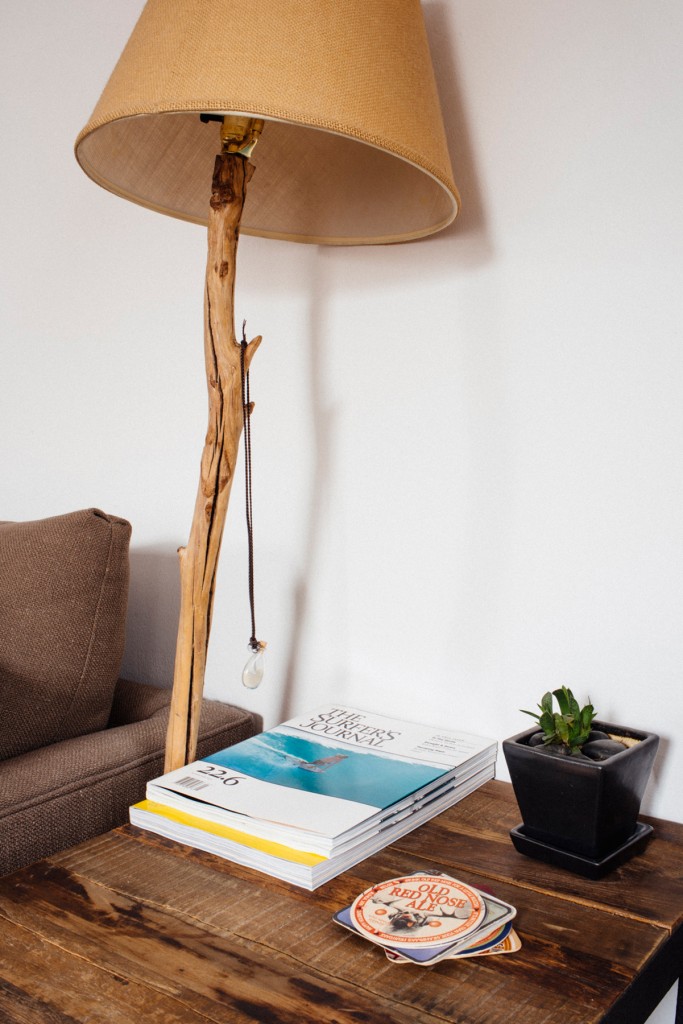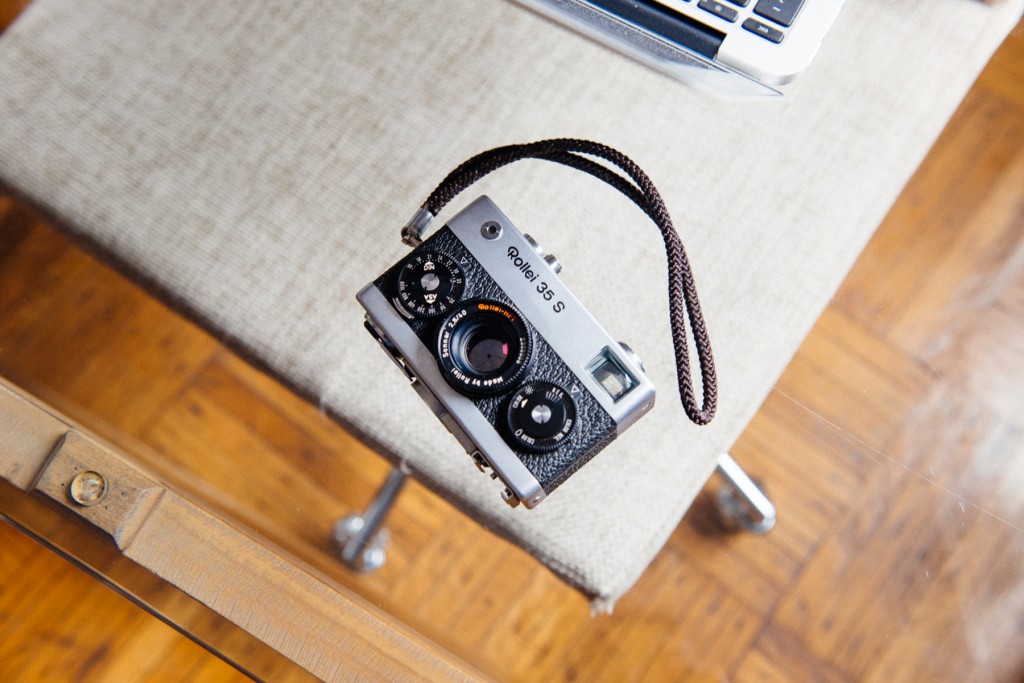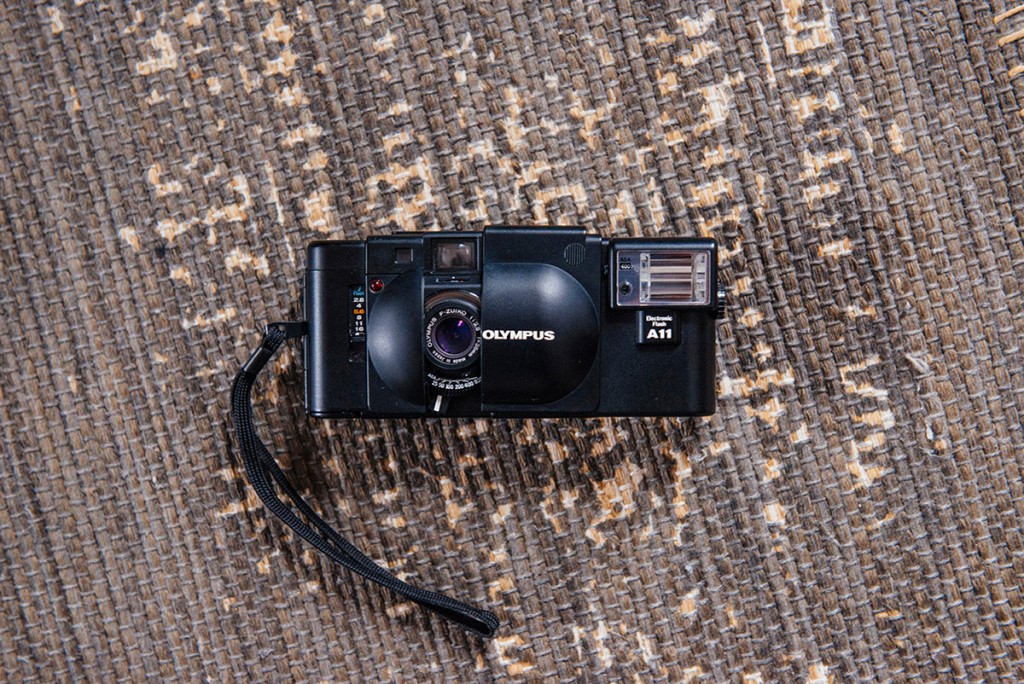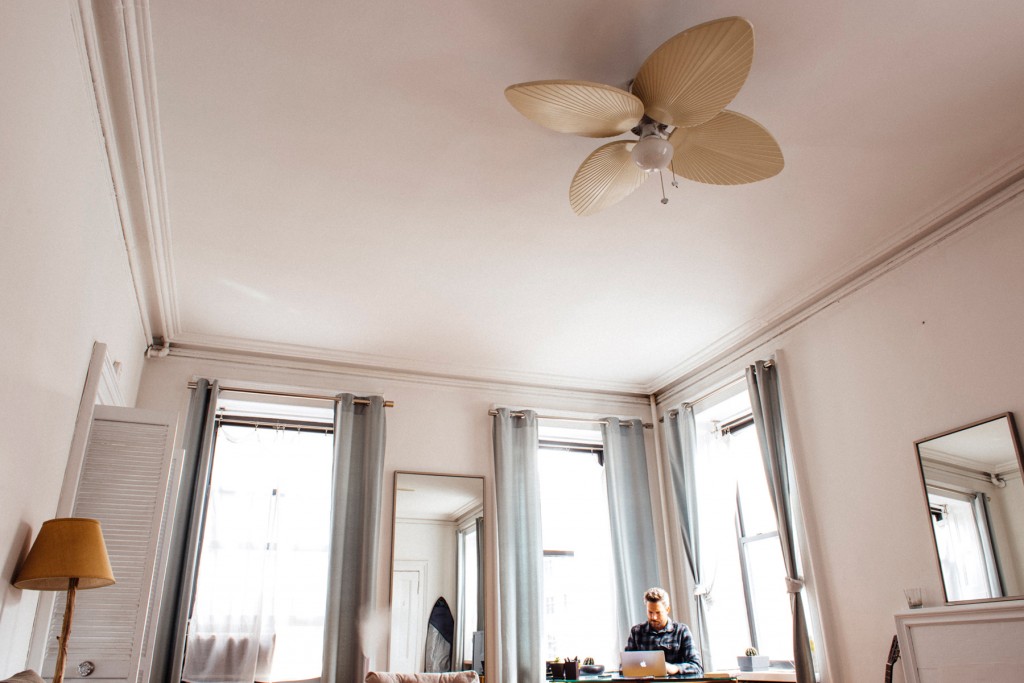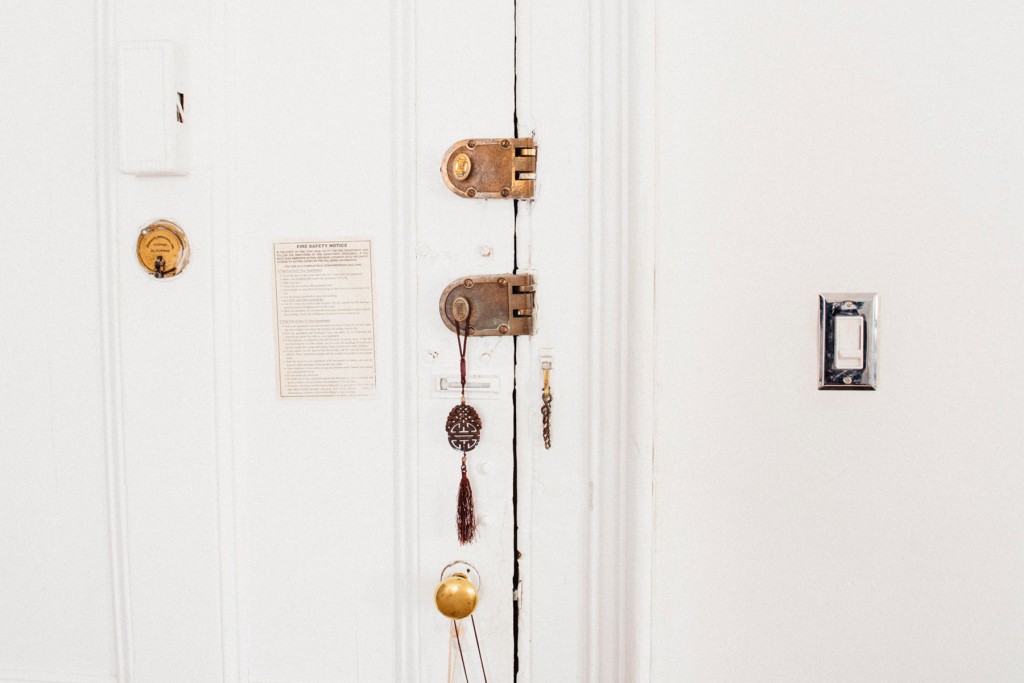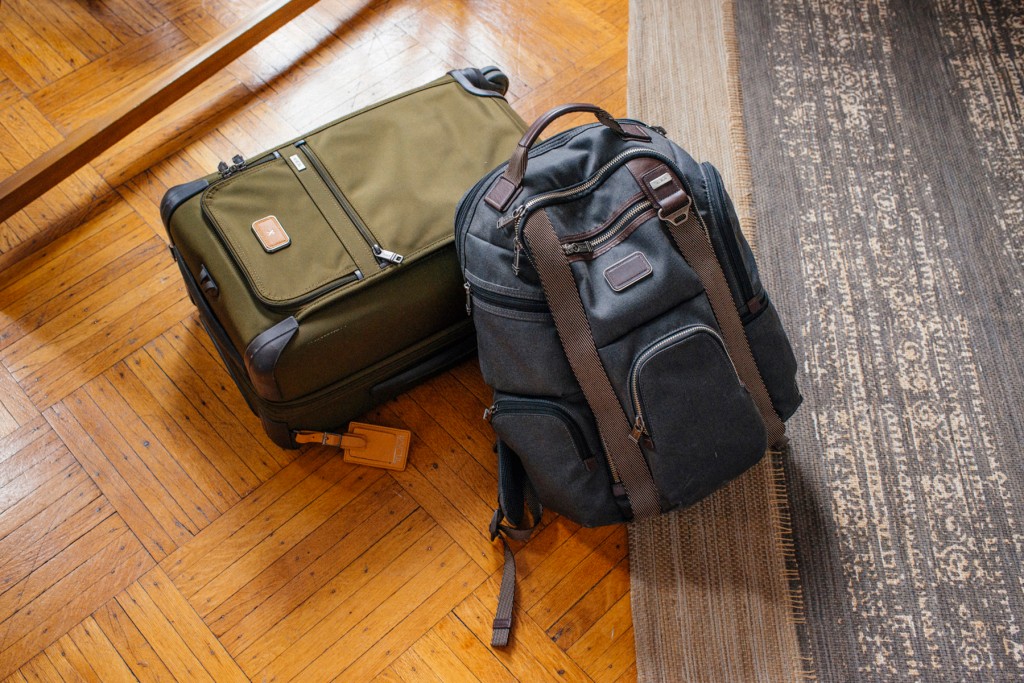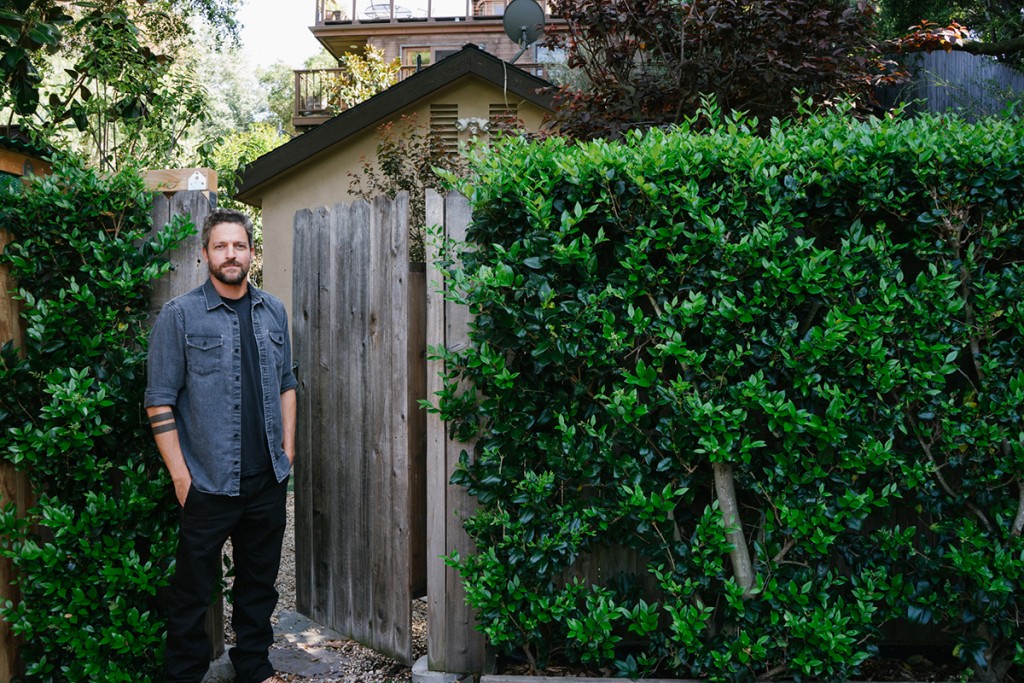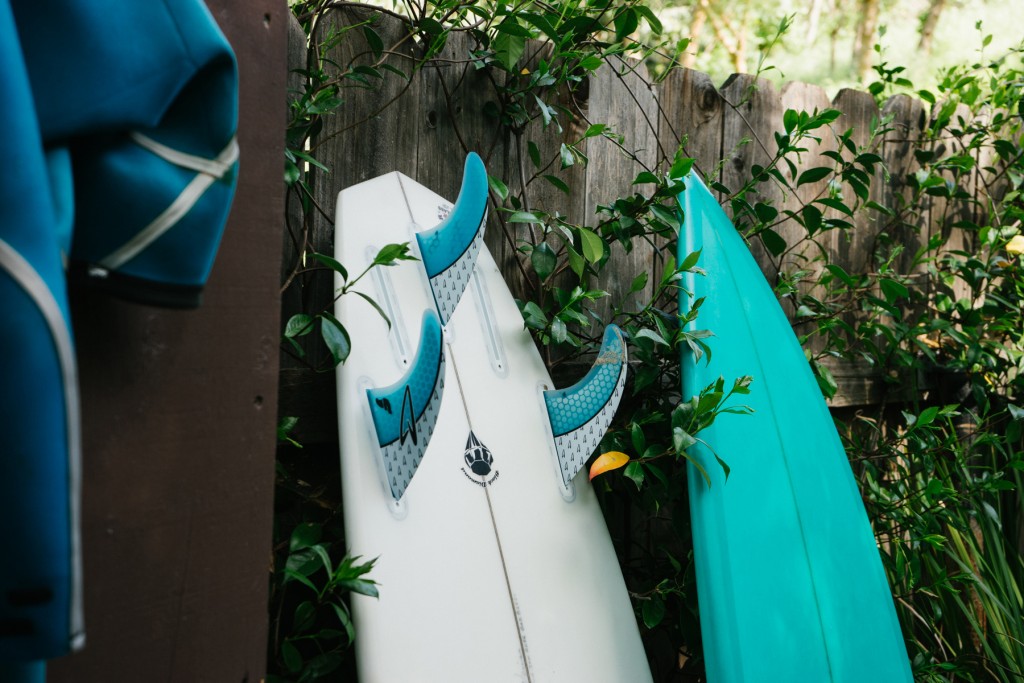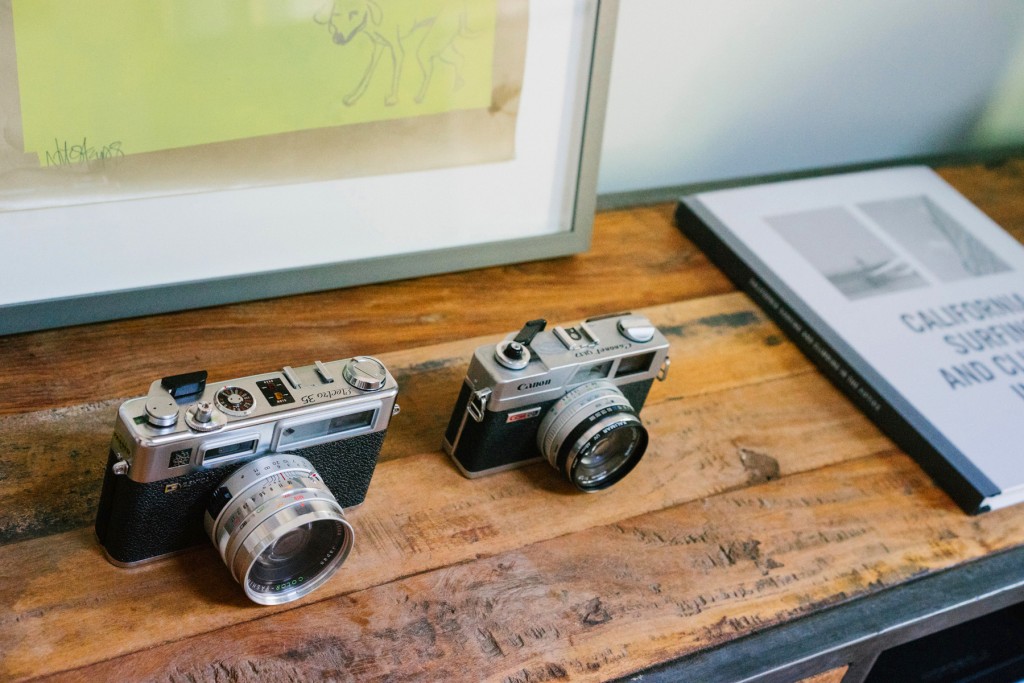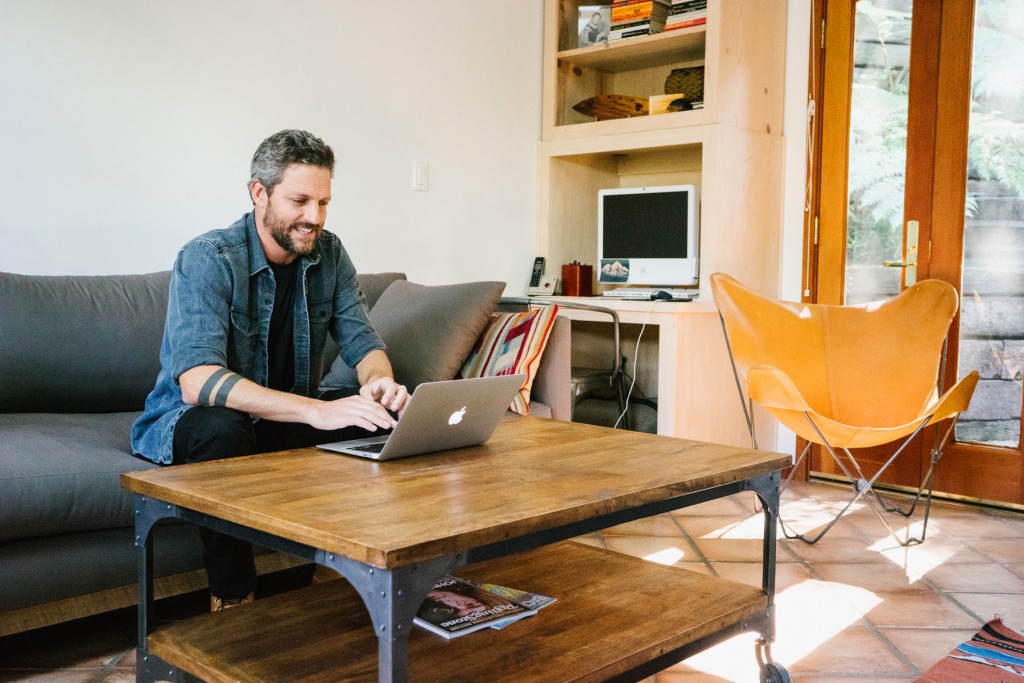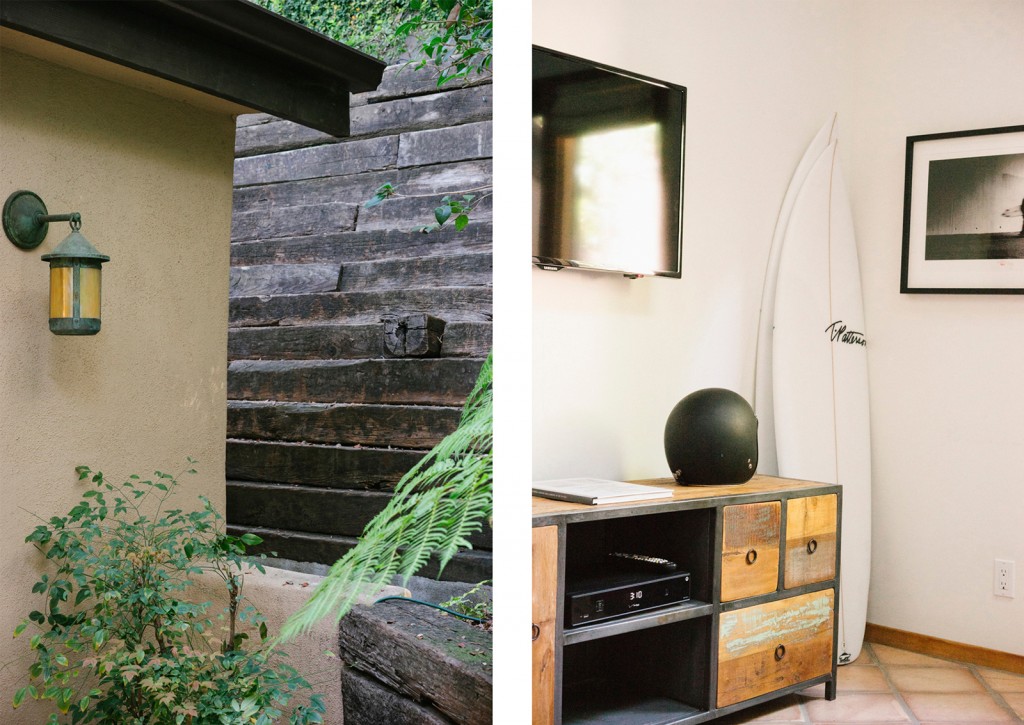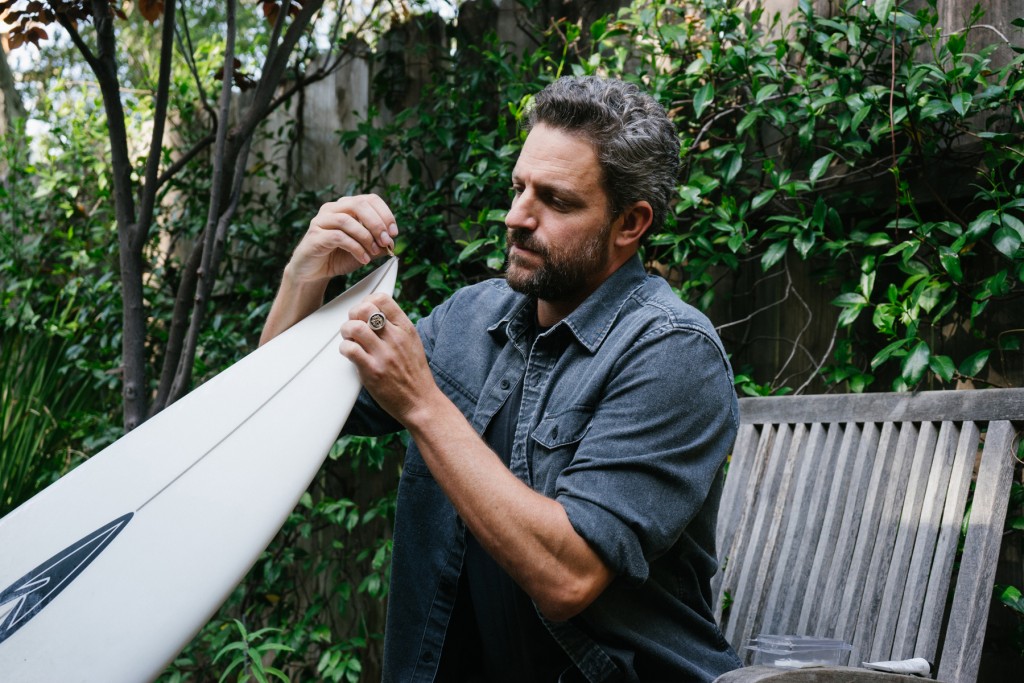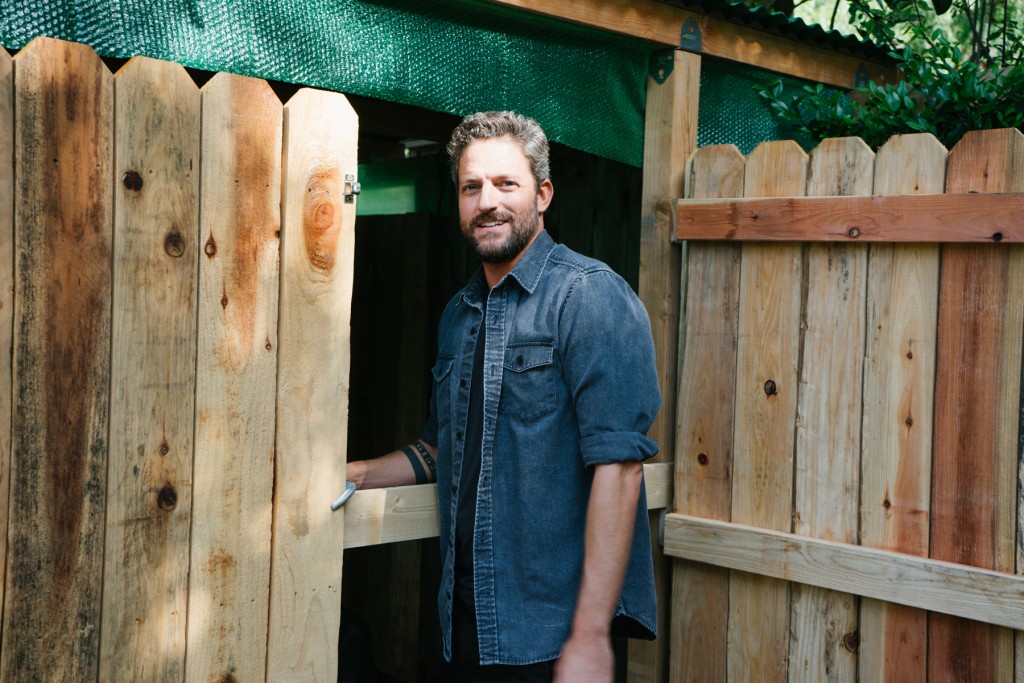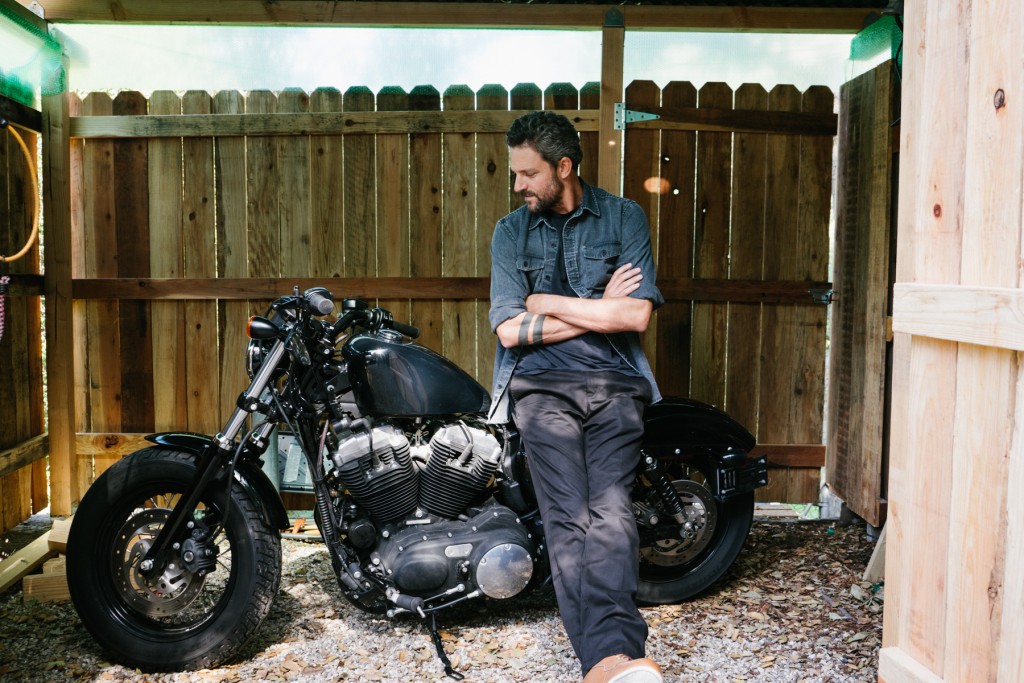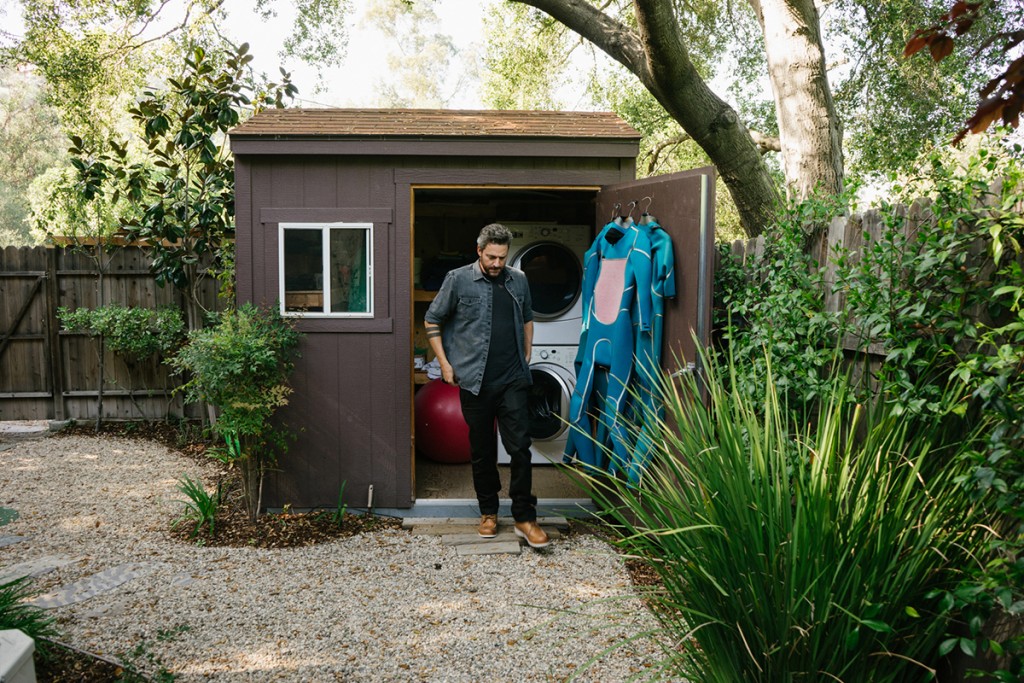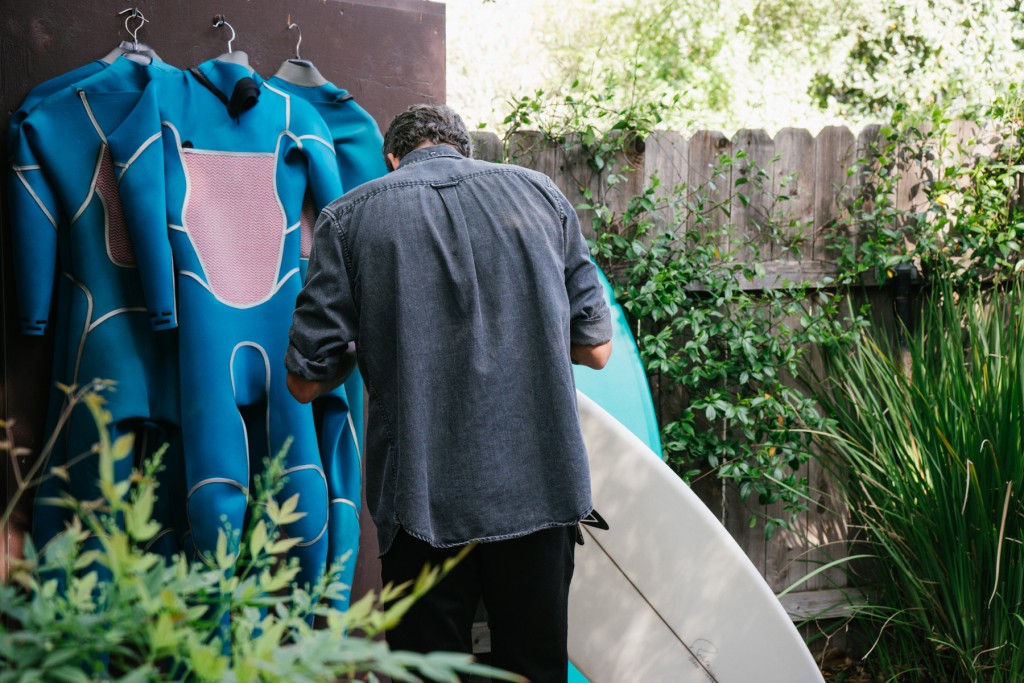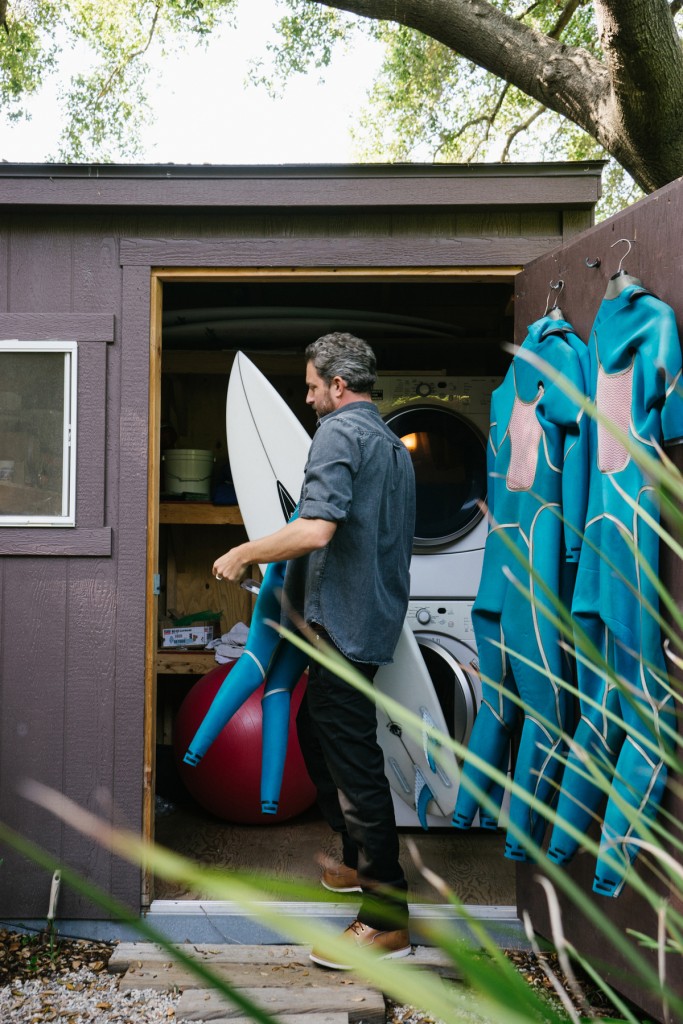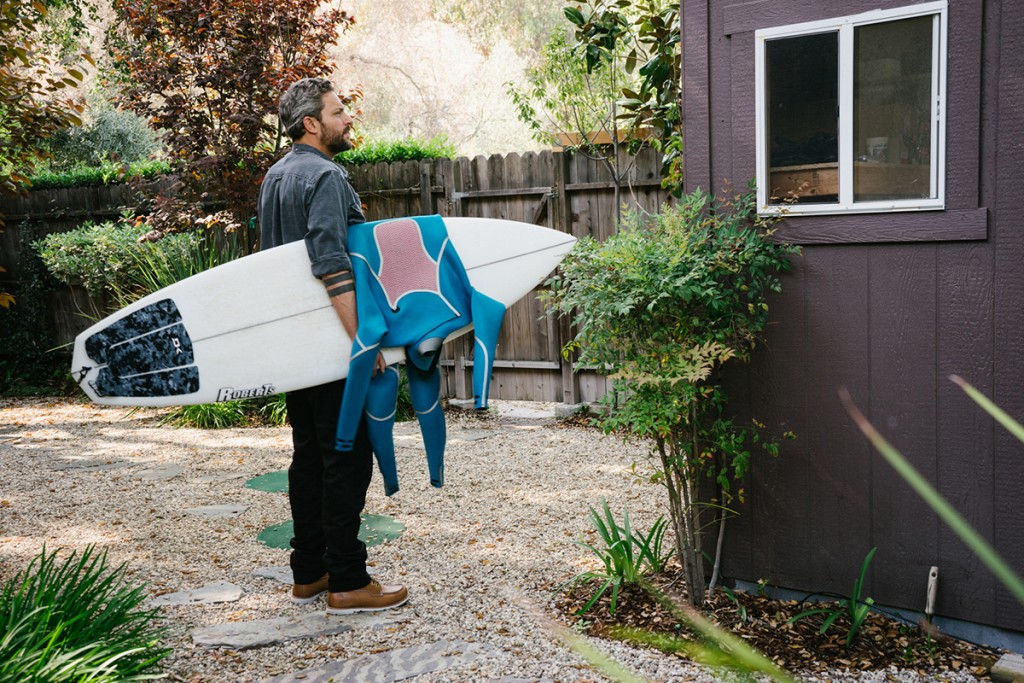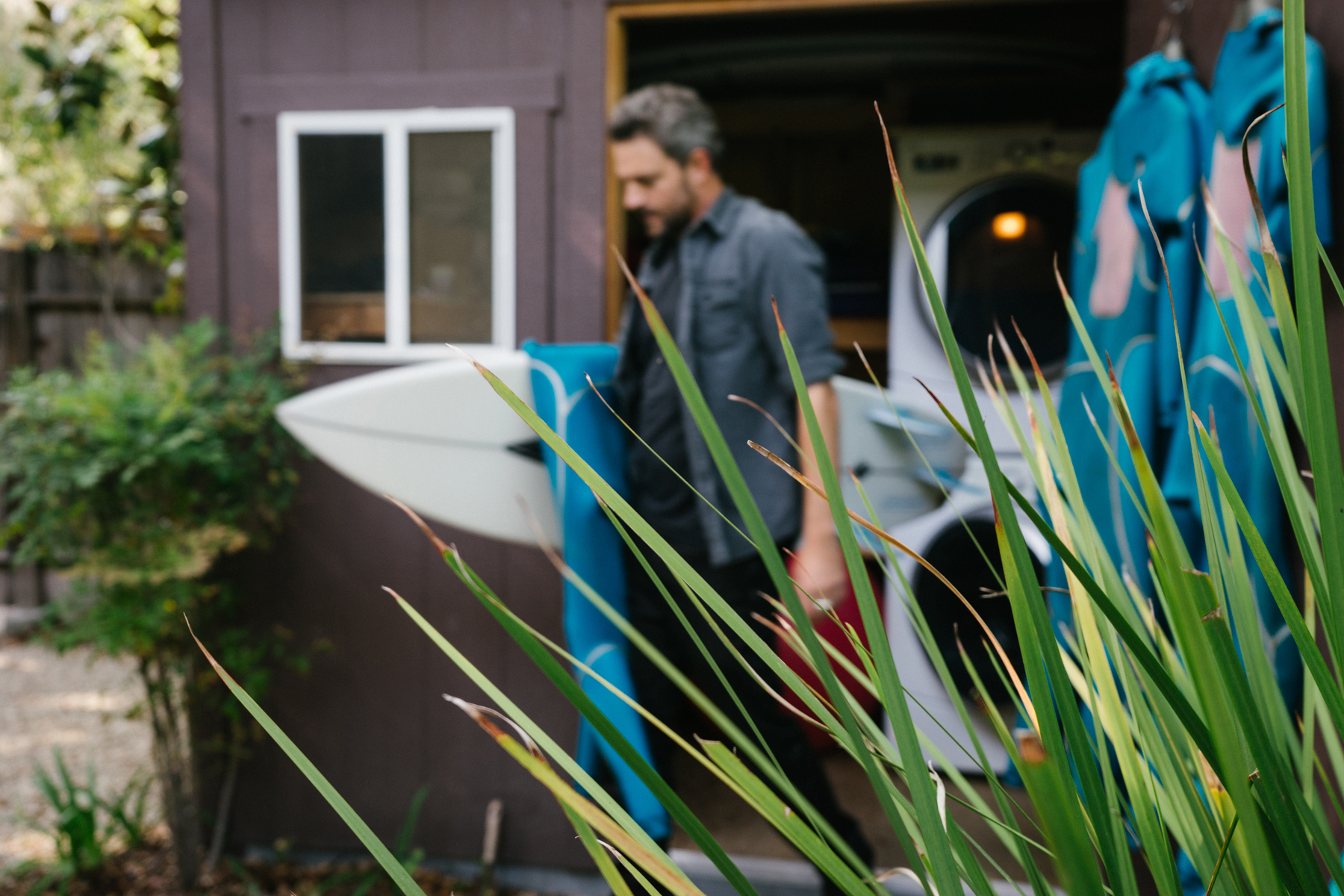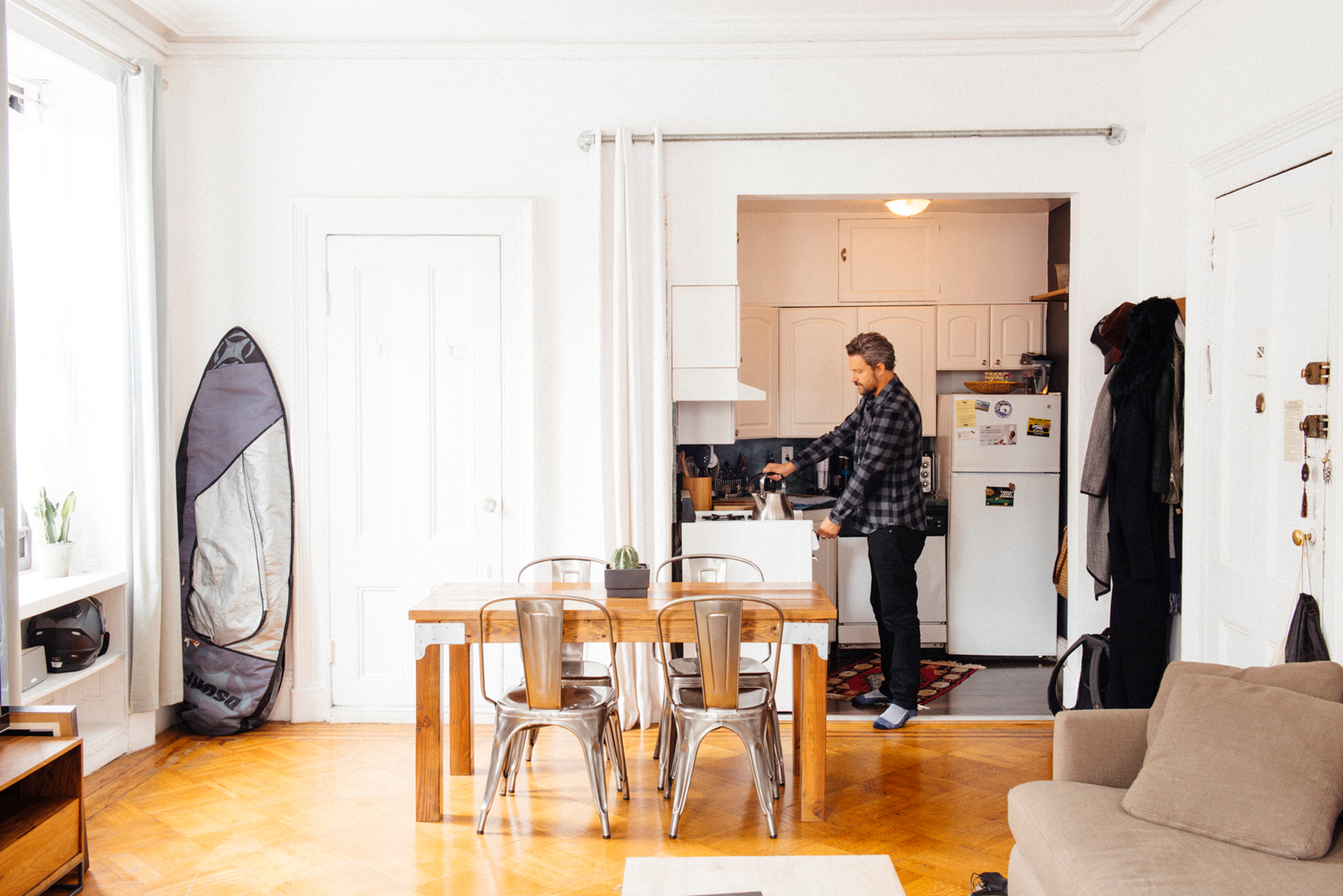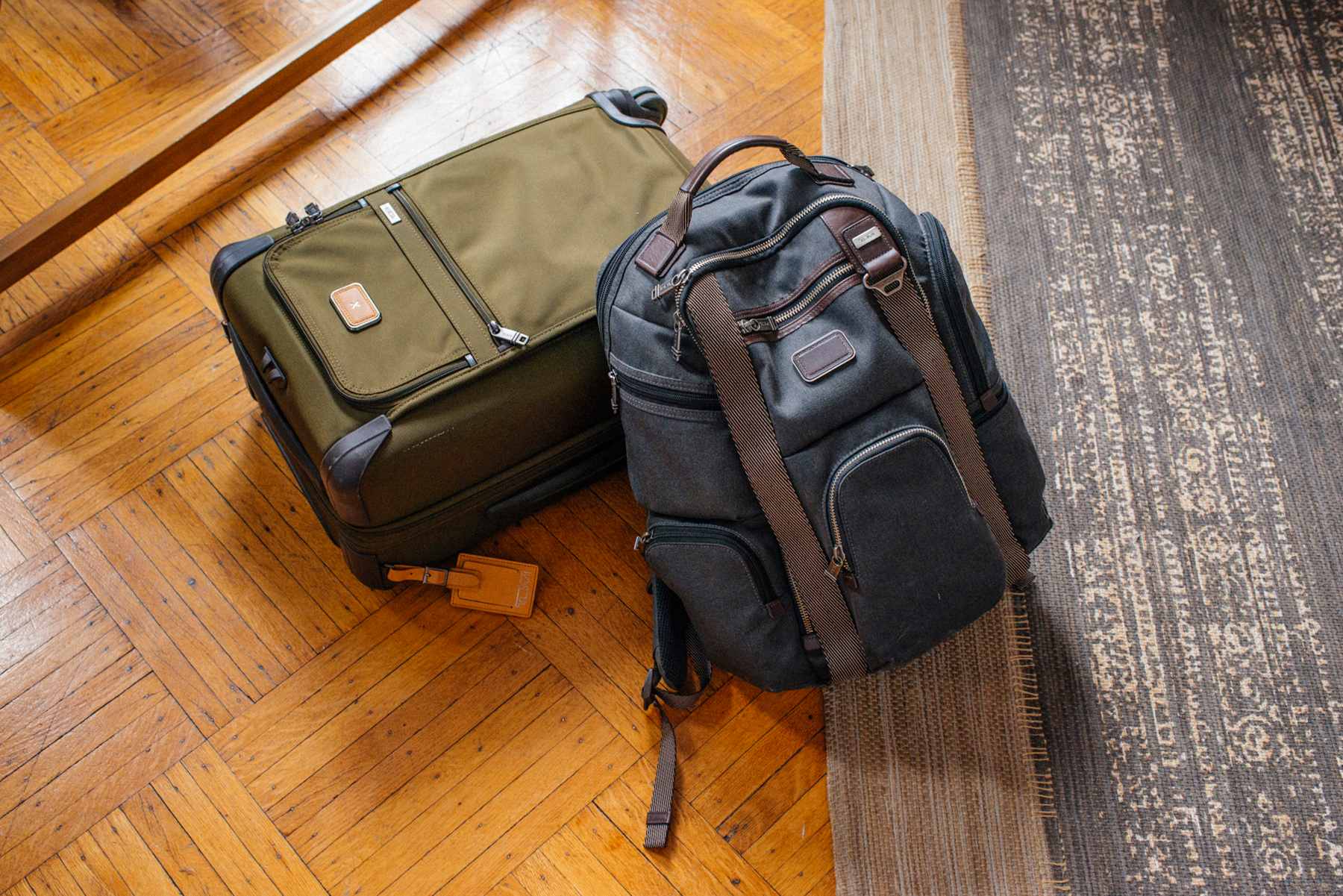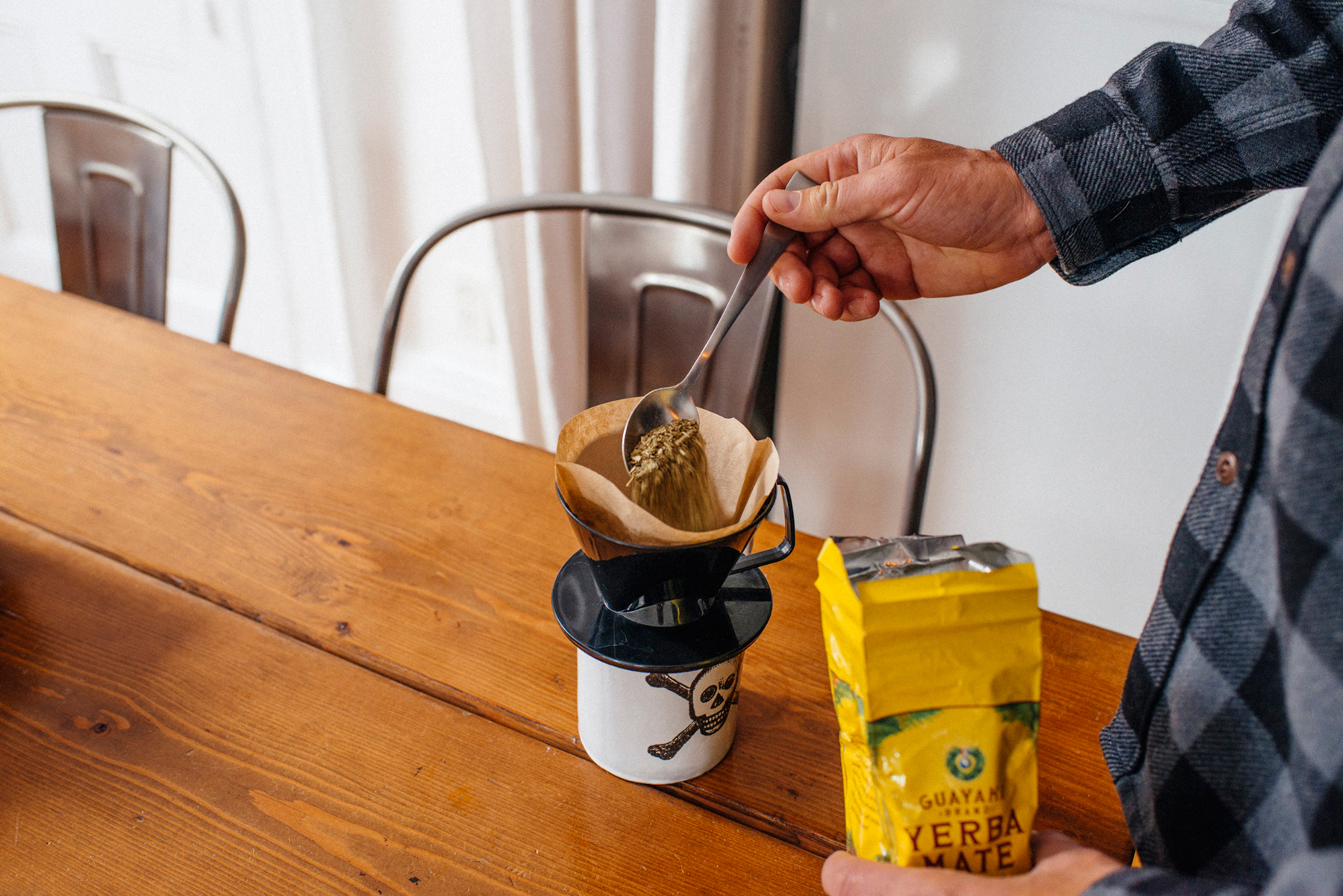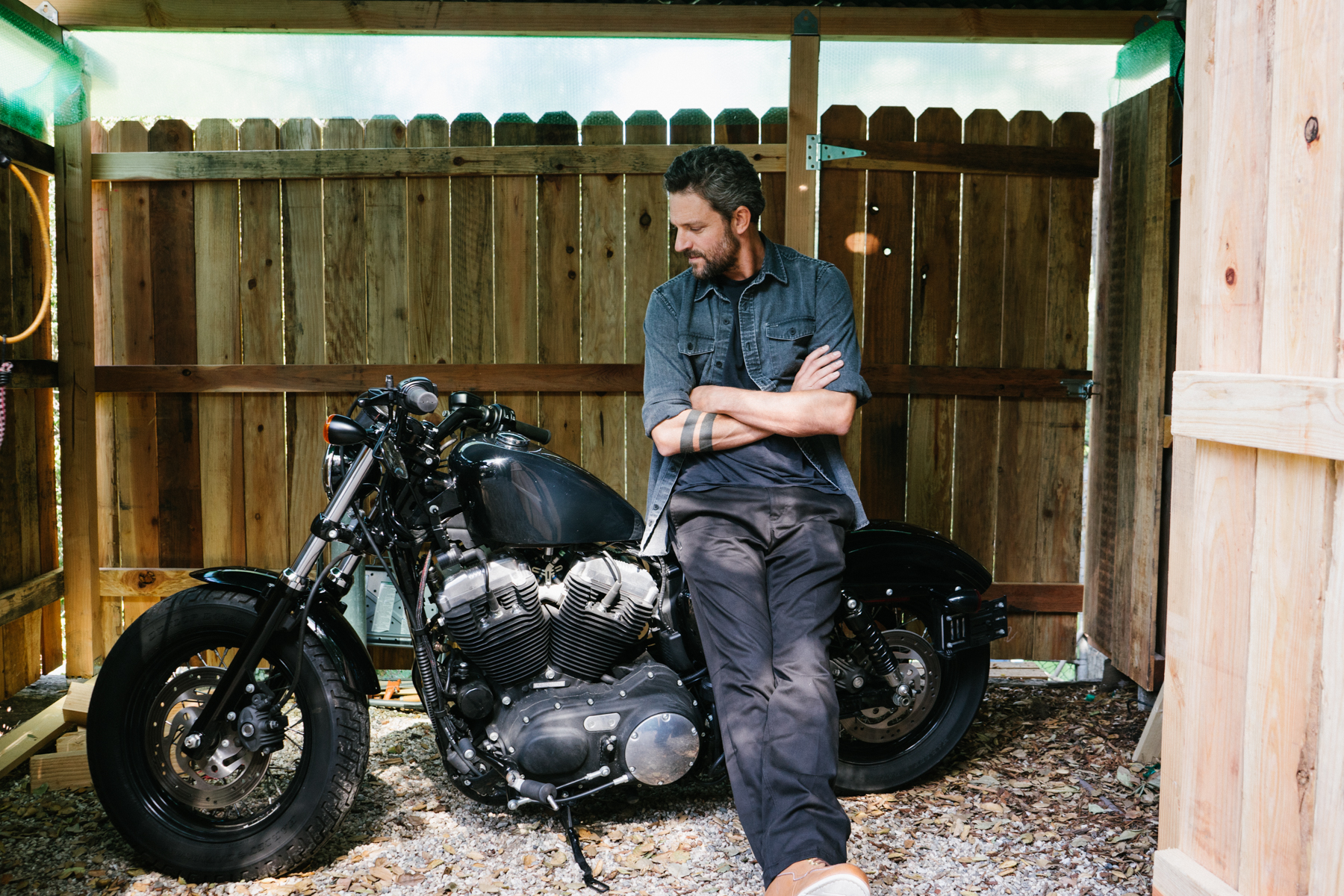What made you decide to start Waves For Water in the first place?
The simplest way to put it would be that I was already traveling around the world a lot as a pro surfer and had been to many of these places that had a lot of needs. I wasn’t focused on that at the time, it wasn’t something I was passionate about at that point in my life, but I did see it and was exposed to everything. I think that stays with you subconsciously.
It was at a time when I started to transition out of my surfing career and try to figure out what the next chapter of my life would be. It’s crazy, when you’ve been just doing one thing your whole life, your number one focus ever since you were a kid, then you realize that all the other kids are better than you and you just have to stop and assess things. I was always very much a realist about my surfing career. I was grateful to have it for as long as I did, but I wasn’t in any sort of delusion or denial that I was slowly being phased out. At a certain point in time, I knew that the ride would be over. And when it did finally start to look that way and contracts with sponsors began to get smaller and smaller, I had the idea to start an organization.
In all honesty, at the time it was somewhat selfishly motivated. I thought, whatever it is or ends up being, I will have it on my resume for my next job or whatever and be able to tell my boss that I had this organization that I started and I go to Indonesia a couple times a year. It was very genuine in it’s initial intent, it wasn’t a scam or anything, but my passion for it in the long term wasn’t as deep as it is now. I knew I could rally my whole crew and generation from surfing to get behind it and still get to surf and travel, but at the same time be able to help wherever we were in these places we love.
So that’s basically how it got started. I bought a bunch of water filters and went on a trip to Indonesia on a surf trip, and thought I’d train these villagers and donate the filters. But while I was there, a huge earthquake hit – it was like a 7.2 on the richter scale. This was the big one in 2009 that completely leveled Padang. So I became the first responder there by accident and I happened to have a real, viable way to help.
That experience was pivotal for me and it completely changed everything, it changed my life. The experience of being there alone was intense, but the realization and the epiphany of being able to see how much you could make a difference on your own, without even thinking that you are doing much at the time. Those filters really helped a lot of people and I got a crash course in a lot of different things – from clean water and everything related to that cause, to disaster relief, and also my own character, values and skill sets. I learned skills that I never thought I’d have.
It was the “ah ha!” moment for me. I’m not traditionally a religious person, but to put it in those terms, it was like a divine intervention type thing. And from that point forward, I was basically obsessed. I haven’t been able to focus on anything else since then. Everything became clear to me and I realized this was my calling in life.
You guys are not just doing foreign aid in 3rd world countries though. Tell us a little more about how you helped out in NYC after Hurricane Sandy.
So as an organization, we are are primarily focused around providing access to clean drinking water, that is what we do. That being said, we do a lot of disaster relief that may or may not revolve around water. Before Hurricane Sandy hit, I had already responded to 9 or 10 disasters since I started the organization. I lived in Haiti for 2 years, I responded to the tsunami in Japan and Indonesia, the earthquake in Chile, pretty much all the big ones. Because I had responded to those – even though I was focused on water programs, I was really immersed in all aspects of the recovery.
So when Sandy hit, there wasn’t really a need for our water programs, but I just felt like I had the experience and expertise in the whole recovery process. I knew what to do and I had the experience, so I just decided to leverage the organization and tap into everyone who had ever supported us.
I wrote up a big multi-phased road to recovery, put it out there and said, “I know what to do, it doesn’t mean I’m not gonna make mistakes, but let’s do this.” What it entailed was everything from supply distribution, to localized relief centers in all the hardest hit areas, which would then be the distribution hubs of all those supplies we were getting – like baby supplies to toiletries, clothes, demo tools & materials, anything you can imagine. We created this whole network of supply distribution locations in the first phase, then the second phase was rubble and debris removal – which was literally renting a bunch of dump trucks to clear streets and clearing old houses. Then the third phase, which is still going on, is rebuilding. We have helped rebuild hundreds of homes, schools, firehouses. We even served 40,000 hot meals from a food truck we did with another partner. So it was a really comprehensive response to all of the needs related to that disaster.
This was basically an anomaly for us – it’s not really what we normally do, but it really struck a chord personally for me because of where it was, so I felt compelled to step in and get involved. I’m really proud of the impact we had though.
